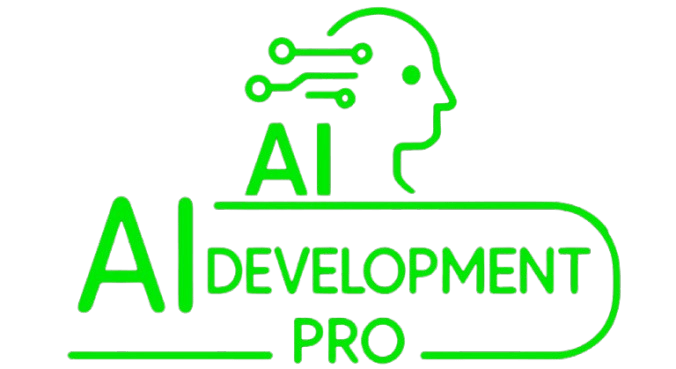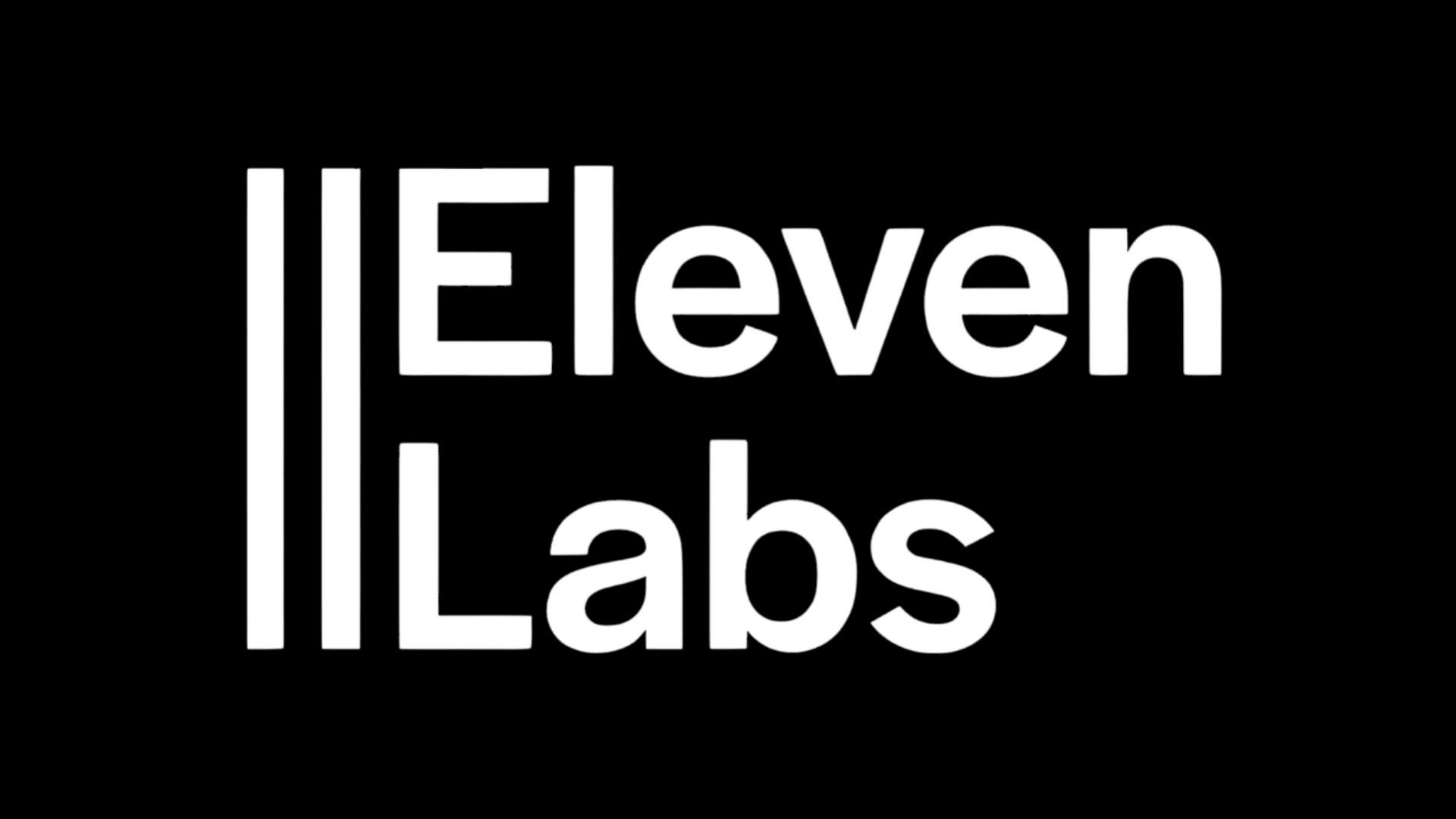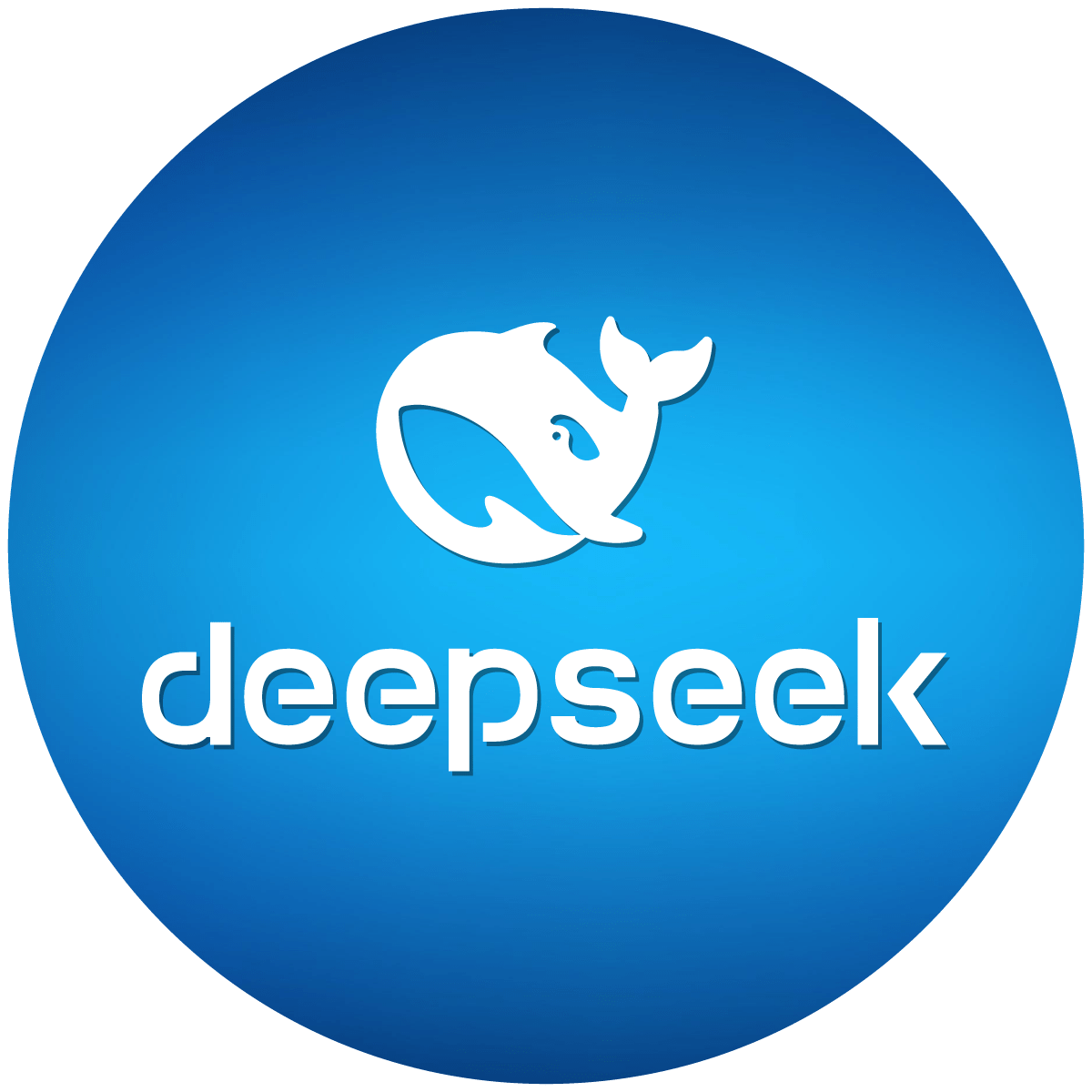

How AI Ads Are Transforming Marketing in 2025
How AI Ads Are Transforming Marketing in 2025
The marketing landscape is undergoing a seismic shift as AI ads become the cornerstone of digital advertising strategies in 2025. Powered by advanced machine learning algorithms and real-time data analysis, AI ads are enabling brands to deliver hyper-personalized, contextually relevant, and highly engaging content to their audiences. From predictive analytics to automated creative optimization, AI is redefining how businesses connect with consumers, ensuring higher conversion rates and improved ROI. This article explores the latest advancements in AI ads, their impact on marketing, and practical tips for leveraging this technology effectively.
The Rise of AI-Powered Personalization
One of the most significant ways AI ads are transforming marketing is through hyper-personalization. Unlike traditional ads that rely on broad demographic targeting, AI-driven campaigns analyze vast amounts of user data-such as browsing behavior, purchase history, and social media activity-to deliver tailored messages in real time. For example, an e-commerce brand can use AI to show different ad creatives to users based on their past interactions, increasing the likelihood of engagement.
In 2025, AI-powered personalization goes beyond simple product recommendations. Advanced natural language processing (NLP) allows AI ads to adapt messaging tone and style to match individual preferences, while computer vision ensures visuals resonate with specific audience segments. Brands like Nike and Sephora are already using AI to create dynamic ads that change based on weather conditions, location, and even user mood, making every interaction feel uniquely relevant.
Programmatic Advertising Enhanced by AI
Programmatic advertising has been around for years, but AI is taking it to new heights in 2025. AI-powered programmatic platforms now optimize ad placements in milliseconds, analyzing countless variables-such as user intent, device type, and time of day-to ensure ads appear in the most effective contexts. This reduces wasted ad spend and maximizes campaign performance.
For instance, AI can predict when a user is most likely to convert and bid accordingly in real-time auctions. It also helps prevent ad fatigue by rotating creatives intelligently, ensuring users don't see the same ad too frequently. Companies like The Trade Desk and Google Ads are integrating AI-driven insights to help advertisers refine their targeting strategies, making programmatic campaigns more efficient than ever.
AI-Generated Creative Content
Creating compelling ad creatives has always been a time-consuming process, but AI is changing that. In 2025, AI tools like DALL-E, MidJourney, and Adobe Firefly enable marketers to generate high-quality visuals, videos, and even copy in seconds. These tools analyze top-performing ads across industries and use generative AI to produce variations that align with brand guidelines.
For example, a travel agency can input a few keywords like "beach vacation" and "luxury resort," and AI will generate multiple ad designs, headlines, and CTAs. Marketers can then AB test these variations to determine which performs best. This not only speeds up production but also ensures creatives are optimized for engagement from the start. Brands like Coca-Cola and Netflix are already using AI-generated content to keep their ad libraries fresh and relevant.
Predictive Analytics for Smarter Campaigns
Predictive analytics is another area where AI ads are making a massive impact. By analyzing historical data and identifying patterns, AI can forecast future consumer behavior with remarkable accuracy. This allows marketers to allocate budgets more effectively, adjust messaging before trends peak, and even anticipate customer needs before they arise.
A great example is retail brands using AI to predict seasonal demand spikes. By analyzing past sales data, social media trends, and economic indicators, AI can recommend the best times to launch ads for specific products. Similarly, subscription-based services use predictive analytics to identify users at risk of churning and target them with retention-focused AI ads. Tools like Salesforce Einstein and IBM Watson are leading the charge in making predictive analytics accessible to marketers.
Voice and Visual Search Optimization
As voice assistants and visual search technologies gain traction, AI ads are evolving to meet these new search paradigms. In 2025, optimizing ads for voice and visual queries is no longer optional-it's essential. AI helps marketers understand how users phrase voice searches and what images they use to find products, enabling more precise targeting.
For instance, a home decor brand can use AI to analyze Pinterest trends and create shoppable ads that appear when users search for similar visuals. Likewise, voice-optimized ads leverage conversational AI to answer user queries naturally, increasing the chances of engagement. Companies like Amazon and Pinterest are at the forefront of this trend, integrating AI-driven visual and voice search capabilities into their ad platforms.
Ethical Considerations and Transparency
While AI ads offer immense benefits, they also raise ethical concerns, particularly around data privacy and transparency. In 2025, consumers are more aware of how their data is used, and regulations like GDPR and CCPA continue to evolve. Brands must ensure their AI ad strategies comply with these laws while maintaining trust.
One way to address this is by using first-party data and being transparent about AI-driven personalization. For example, including a simple "Why am I seeing this ad?" button that explains the targeting criteria can build consumer confidence. Additionally, AI tools are now being designed with built-in bias detection to ensure ads are inclusive and fair. Ethical AI advertising is not just a legal requirement but also a competitive differentiator in 2025.
Practical Tips for Leveraging AI Ads in 2025
To make the most of AI ads, marketers should start by integrating AI tools into their existing workflows. Platforms like Google Ads, Facebook AI, and HubSpot offer built-in AI features that can enhance targeting, creative generation, and performance analysis. AB testing remains crucial-use AI to generate multiple ad variations and let machine learning determine the best performers.
Another tip is to focus on real-time optimization. AI excels at making instant adjustments based on live data, so ensure your campaigns are set up to leverage this capability. Finally, stay updated on AI advancements. The technology is evolving rapidly, and early adopters will have a significant advantage.
Support our work by sharing on multiple social platforms. Join our community







